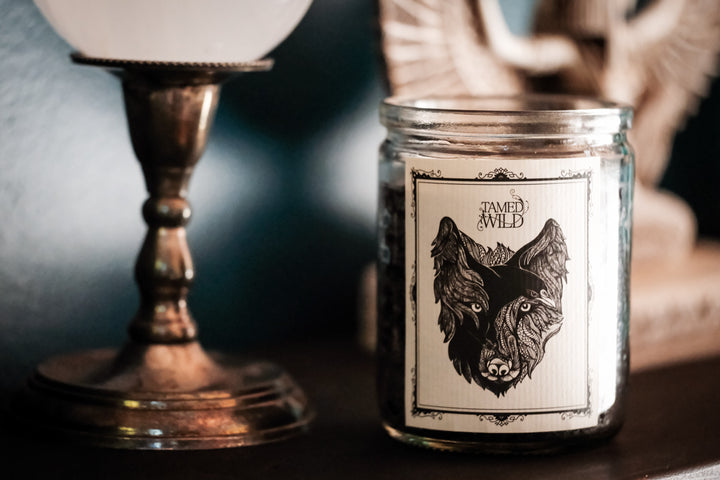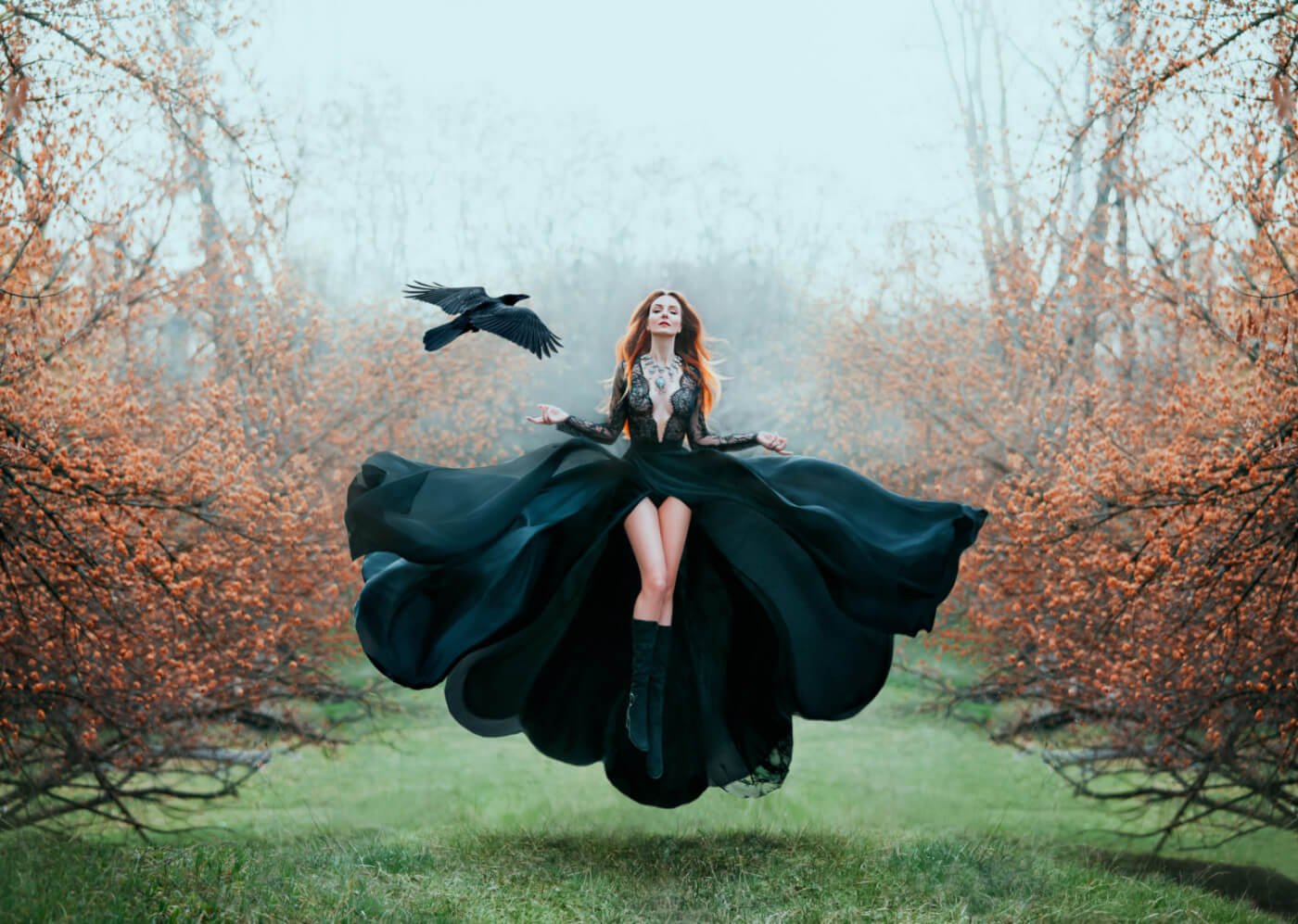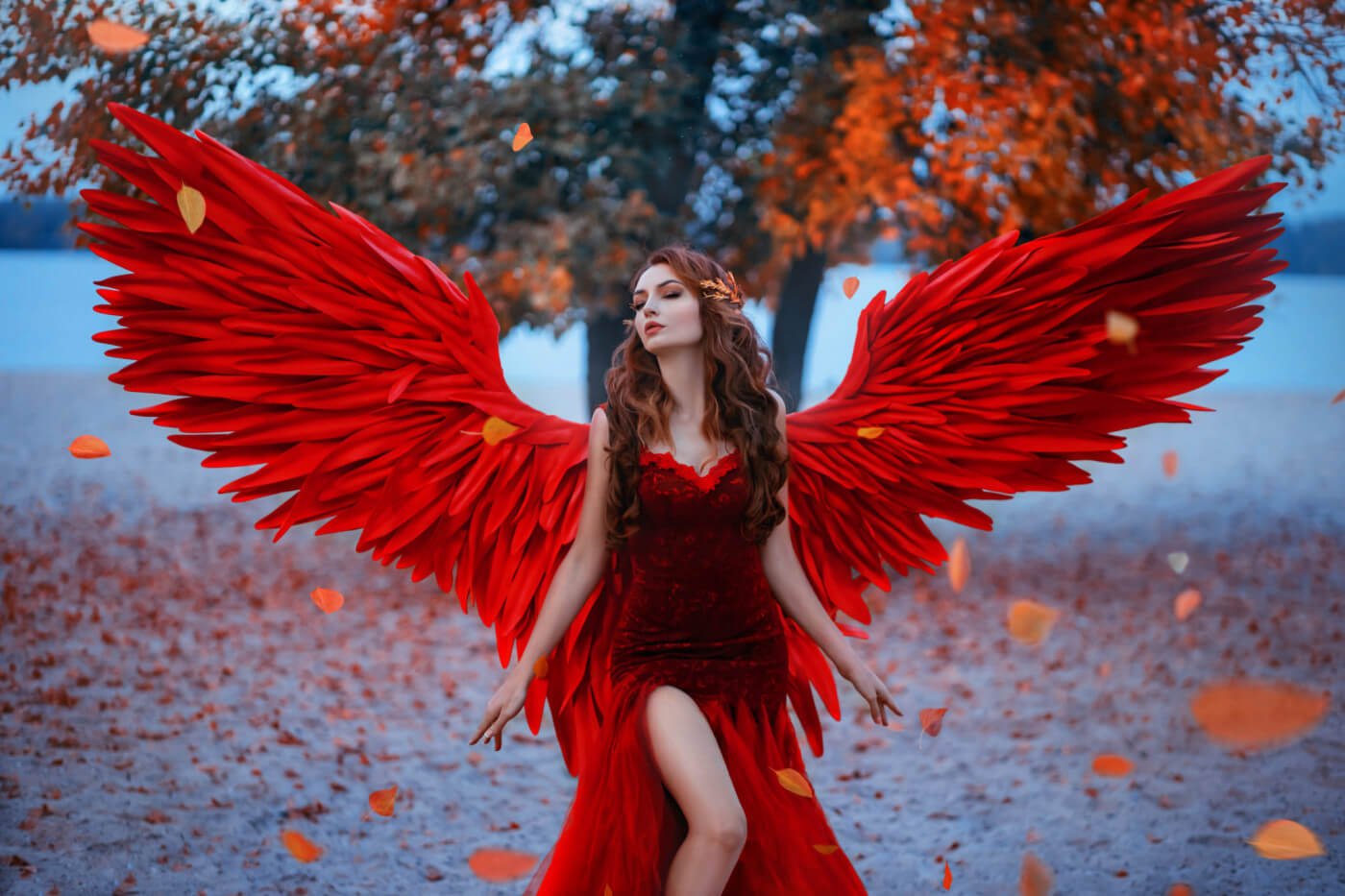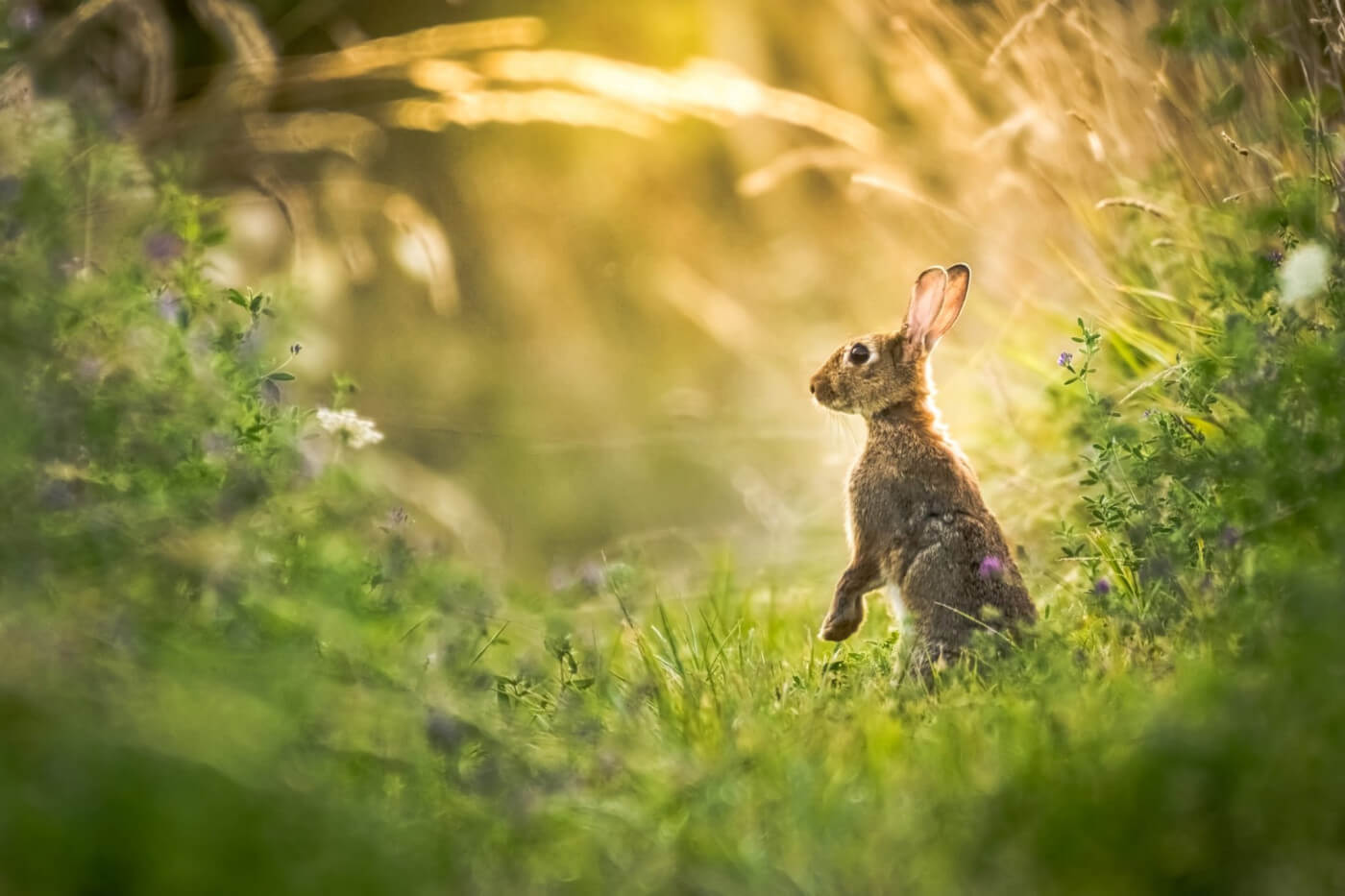Despite their striking appearance and chatty demeanor, raven sightings are shrouded in suspicion and mystery.
But lucky for us, we love a good mystery.
Known for working in pairs and often alongside fellow predators (including the wolf and coyote), ravens sing to deter trespassers and signal new food sources. As scavengers, they wait until the larger animals have had their fill before picking through the bones, entrails, and whatever’s left.
Brutish, yes. Unsightly, of course. But there’s more to the famous psychopomp than what meets the eye. The raven may be a harbinger of death and dread, but that’s just the beginning…
According to Celtic myth, ravens carry prophetic visions. Legends speak of The Morrigan, a shapeshifting goddess who haunts battlefields in the shape of a raven. As a Triple Goddess, The Morrigan does not arrive to scavenge but to initiate. To remind the fallen that their bodies are temporary, but the soul is everlasting.
The Morrigan is the archetypal death doula and dark goddess. She knows the gift of cycles and non-linear time. To her, death is not an ending—it’s a doorway, a threshold, a portal for transformation.
When the Valkyries (also associated with death and impending doom) retrieved dead warriors from war-torn fields, they wore raven feathers. The blood of the warriors was called ‘raven’s drink’ and was seen as a sacrifice to sustain the birds.
The Valkyries worked alongside Odin, the Norse god of war. One of Odin’s nicknames was the Raven God, as he was almost always accompanied by two ravens, Muninn and Huginn. When the birds weren’t perched atop his shoulders, they took to the skies in search of knowledge and new insights.
Similarly, in Christian lore, when Noah sent out a bird to see if it was safe to leave the ark, he chose the raven. His choice might have been symbolic (a nod to the raven’s relationship to rebirth) or simply because Noah knew these birds to be highly intelligent. Like others in the corvid family, ravens can problem solve, barter, and in some cases, use tools.
In Orphic tradition, a raven would perch atop an initiate’s shoulder as they entered the temple. This might symbolize divine sight, as ravens are believed to possess ancient wisdom, especially regarding the mysteries of life, death, and what comes next.
Questions from the Raven:
- A group of ravens is called an unkindness. Based on what we know about these birds, is this name appropriate? If we were to choose another name for a group of ravens, what would it be?
- No matter where we live, birdsong is almost always present. But even the loudest voices can get lost in the background of human responsibility and endless to-do lists. When a raven appears, many believe it arrives with a message or story to share. Are we keen to listen? How often do we step back from our routines and listen to the birds?
- The raven’s reign is not restricted to the skies, folklore, and myth; they also command riddles. Reflect on this riddle from Alice in Wonderland’s Mad Hatter: Why is a raven like a writing desk?
Keep in mind—there are no wrong answers, just opportunities to flex our imagination, intuition, and (if we feel inclined) respond to the raven’s call.
Wolf and Raven Candle

$ 11.00
Both the wolf and raven are regarded as creatures of omens (good and bad), prophesy, magic, healing, and transformations. Their myth and lore travel deep into a variety of cultures. Native American tribes believed in the Athabascan Myth, for example, that the… read more










